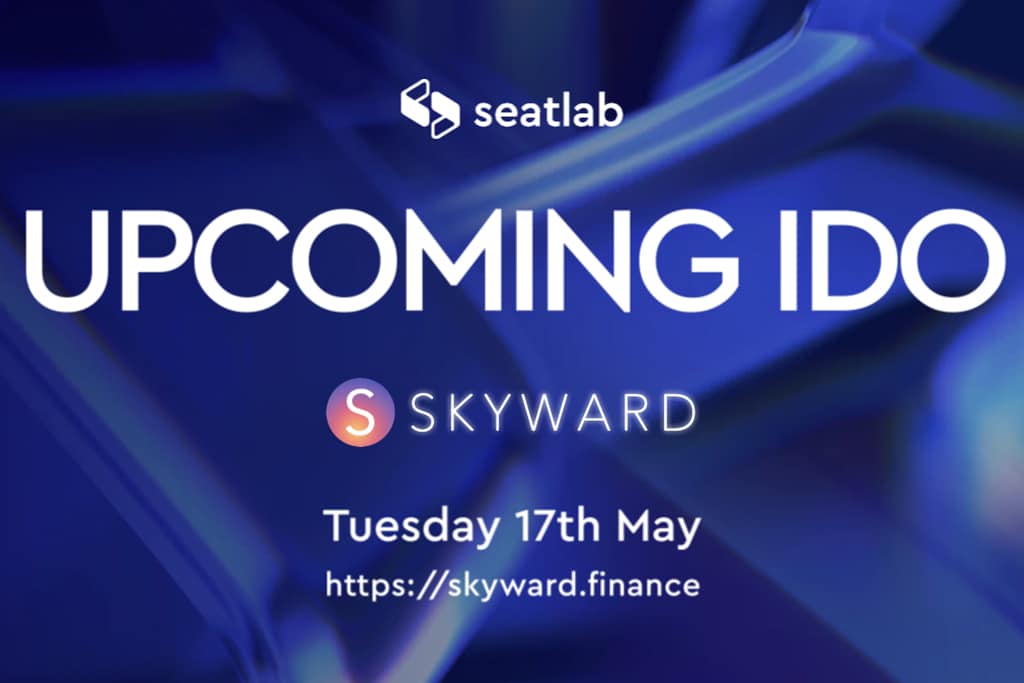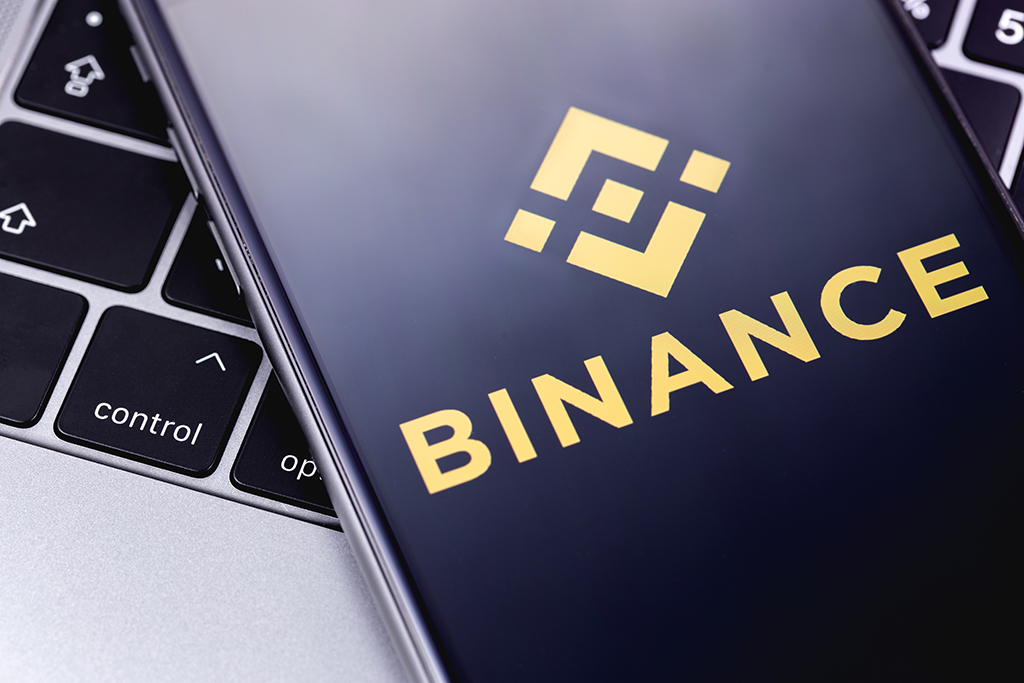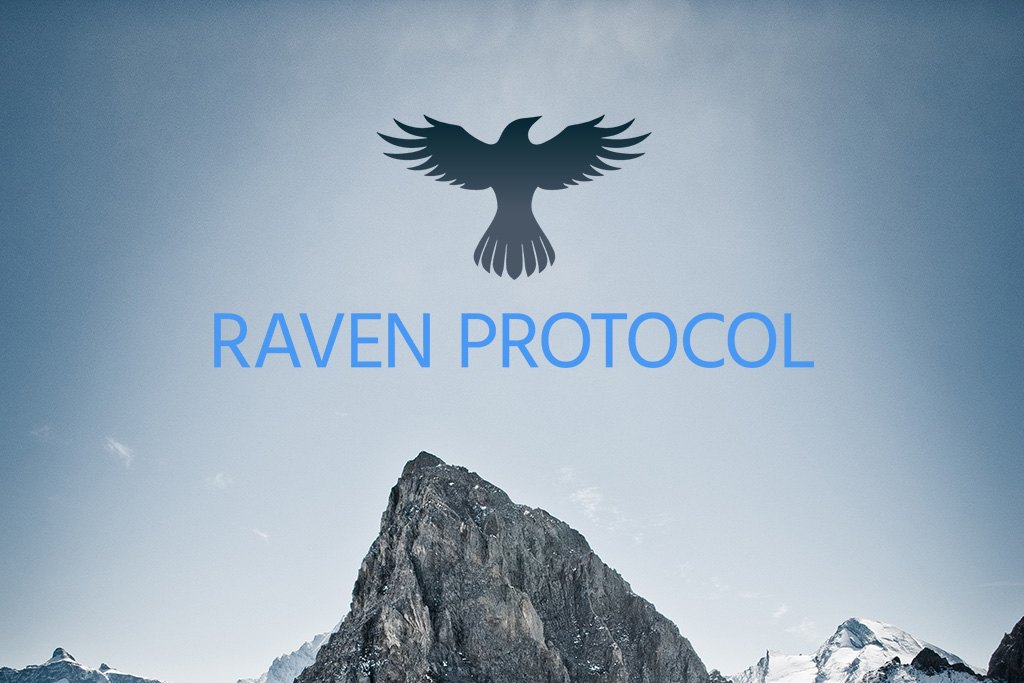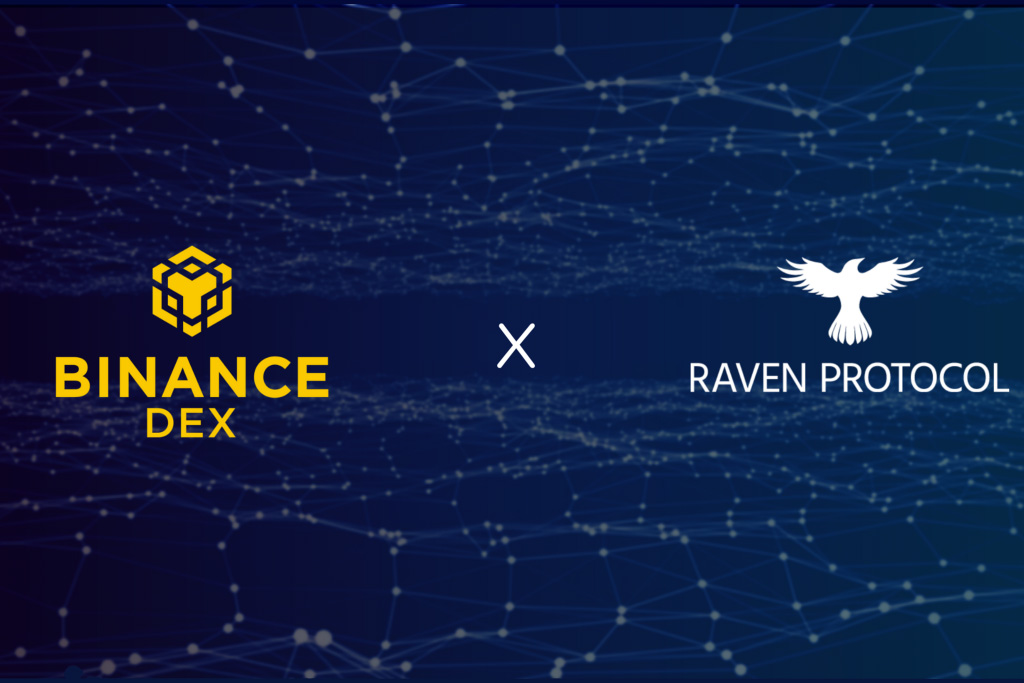For any idea, even in cryptocurrency, we need start-up capital. And this is the problem – to find this start-up capital. There are several solutions in the traditional FIAT world. One of the most popular ones is “pitching”. It goes as follows: an entrepreneur has a unique idea or concept that he or she assumes might fill the niche that hasn’t yet been filled or it is not executed to the proper degree. Now when the mind is in the right place, all that is needed is a platform to realize that. Here our entrepreneur can go two ways: directly pitch an idea (preferably with an MVP or proven concept) to the Capital Investors, and fully expound on the demand and niche it will fill, and hope that everything will be alright. The other way, however, is crowdfunding. This one is really interesting because it relies wholly on the community to fundraise a project. The most prominent example of this kind is Kickstarter. Anyone can submit a project on the platform and fundraise if there is a demand from users to back it up. However it opens up a chasm for a wider array of entrepreneurial enthusiasts to try their luck on the platform without committing too much money-wise. A project is being fully funded not by the whales but rather receives all of the funding needed strictly from the community. This has been successfully implemented in cryptocurrency.
The Very First Community-Centred Token
Dogecoin is the reference and first community-driven token, just because of its attractiveness as a meme-based value asset. community-based tokens have taken the world of crypto immediately, borning out more and more tokens, platforms, and solutions that take different approaches but keep the principles of THE pathfinder close to its roots.
Of course, there is a difference between meme-token and community-based ones, and they are not necessarily the same. What then defines community-based in the current situation? Community-based tokens are almost always based on holding and staking rewards. They also focus on the brand image of a token and everything around it rather than the actual utility. Of course, this causes doubts and apprehension.
IDO Platforms
This detour of ICO and IDO schema has enabled the community to be the direct contributors to a project. Community members invested in the token now not only hold an asset for pure material gain but also as a reminder of their share in the communal circle. Despite the prevalence of fraudulent schemes, robust community involvement in a project is still crucial to the future outcome of its success especially in the early stages of development.
A case can be made then that the rising popularity of community-heavy inclination needs to be fitted in a safe and secure environment for retail investors to invest with relative reassurance. This has been mostly the niche for the currently trending IDO platforms as they provide a safer option of investing in the earliest stages of a project.
Role of Community on IDO platforms
IDO’s success is a complex issue. There is a huge hurdle many new IDO platforms are facing. Because building a community is challenging and requires tremendous effort.
Daisy – The First DCO Platform
Daisy seems to be a platform that is leading the way in community engagement. Not only have they gathered a sizable group of people around their projects, but their DCO (Decentralized Community Proposal) is definitely community oriented.
The essence of “community-oriented” in the cryptocurrency market is the ability to retain people and stimulate them to be active. Daisy achieves this through years of practice and continuous and consistent development. Unlike many other IDO platforms that start from scratch, Daisy DCO has the advantage of having their community loyal and willing to embark on projects incubated on the platform.
What is Daisy’s advantage? Firstly, Daisy is an interoperable cross-chain platform whose goal is to unite as many blockchain projects as possible under its wing. The main idea of Daisy is to systematically help the growth of projects with a uniform distribution across sales rounds.
Daisy distinguishes their platform as very close to Capital Investors in the current situation, who can also provide listed projects with an investment guarantee. One of the features of Daisy is its approach to solving the problem of management.
All DCOs held at Daisy will be decided by the community through an electoral system. According to the Daisy Team, there will be a “pivot-defining democratic vote” in the community. Thus, by voting on a specific project, the community can decide whether the project deserves incubation on the Daisy platform, so the entire adaptation process on the platform will be outsourced to community members.
Daisy introduces a consensus-like DPoS system that works at the community level. It mainly introduces members to validators and community members and distributes rewards based on their usefulness and overall participation.
Conclusion
The community factor is very important in the success of the project. Fully community-driven projects change some aspects of the digital currency market. Despite the fact that the way cryptocurrency communicates was and will be the ideal for which the blockchain stands. Crowdfunding, community participation, and democratic voting are key elements that create what many see as a decentralized yet interactive system that drives innovation.
Disclaimer: Coinspeaker is committed to providing unbiased and transparent reporting. This article aims to deliver accurate and timely information but should not be taken as financial or investment advice. Since market conditions can change rapidly, we encourage you to verify information on your own and consult with a professional before making any decisions based on this content.






